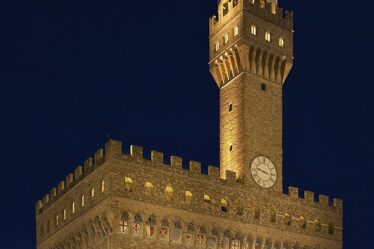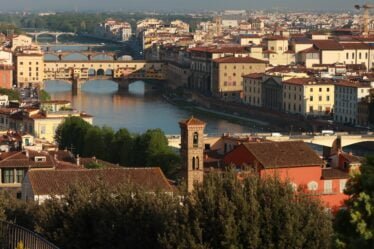

Introduction
Galeazzo Sforza: The Dark Renaissance — the very name evokes power, art, and cruelty. Galeazzo Maria Sforza (1444–1476), Duke of Milan, was one of the most fascinating and feared rulers of the Italian Renaissance. His life was a mix of dazzling luxury, political intrigue, and dark ambition. This story of Galeazzo Sforza: The Dark Renaissance takes us deep into the glittering yet dangerous world of 15th-century Milan.
The Rise of a Renaissance Duke
Born in 1444, Galeazzo Maria Sforza was the son of Francesco Sforza and Bianca Maria Visconti, founders of the powerful Sforza dynasty. From childhood, he was trained to rule — taught Latin, music, military tactics, and diplomacy. When his father died in 1466, the young Galeazzo inherited the Duchy of Milan, one of the wealthiest and most advanced courts in Europe.
To secure his position among Renaissance rulers, he invested in pageantry, architecture, and humanist culture. This early promise of greatness marked the first chapter of Galeazzo Sforza: The Dark Renaissance.
Learn more about the Sforza dynasty’s origins on Britannica.
A Splendid and Fearsome Court of Milan
The court of Galeazzo Maria Sforza was legendary for its magnificence and excess. The Duke adored splendid banquets, falconry, tournaments, and music. His palace became a theater of luxury, where artists, poets, and scholars found patronage and danger in equal measure.
However, the Duke’s charm masked a cruel temperament. Chroniclers like Bernardino Corio describe him as violent and unpredictable — a ruler capable of generosity one moment and sadistic punishment the next.
This contrast between brilliance and brutality defined Galeazzo Sforza: The Dark Renaissance.
To understand more about Milanese art during this period, visit Museo del Castello Sforzesco.
Diplomacy, Power, and Renaissance Intrigue
Meanwhile, in the intricate chessboard of Renaissance Italy, Galeazzo Maria played a delicate political game. He sought peace and prestige through alliances — notably with Lorenzo de’ Medici of Florence and the King of France. His 1471 visit to Florence, accompanied by his wife Bona of Savoy, was a true triumph of spectacle.
Florentine chronicles describe an arrival of hundreds of knights, golden armor, exotic animals, and musicians, transforming the streets into a Renaissance carnival. This grand entry not only displayed his wealth but also symbolized a brief political harmony between Florence and Milan.
Discover more about Lorenzo de’ Medici’s Florence on Visit Tuscany.
The Assassination in San Stefano
Despite his grandeur, fear and resentment grew within Milan. On December 26, 1476, during Christmas Mass at San Stefano Church, three Milanese nobles — Giovanni Andrea Lampugnani, Carlo Visconti, and Gerolamo Olgiati — attacked the Duke. They claimed they were inspired by the ideals of classical liberty, calling him a tyrant.
The scene was chilling: while the choir sang the Gloria, the Duke fell to the marble floor, stabbed multiple times. His death shocked Renaissance Italy. Yet it also became the final, tragic act of Galeazzo Sforza: The Dark Renaissance.
Learn more about this event and its political aftermath on World History Encyclopedia.
Legacy of a Renaissance Tyrant
After his assassination, the duchy passed to his young son Gian Galeazzo Sforza, but real power soon fell to his uncle Ludovico “il Moro” Sforza, another major figure of Renaissance Milan. Despite his violent rule, Galeazzo Maria’s era marked a turning point — a blend of humanist culture, artistic splendor, and political darkness that shaped Milan’s identity for generations.
Through his story, Galeazzo Sforza: remains a mirror of the contradictions of the Italian Renaissance: the pursuit of beauty alongside ambition, cruelty, and tragedy.
Explore more about Renaissance art and politics at Uffizi Galleries Official Site.
Conclusion
Galeazzo Maria Sforza was both a patron and a predator, a man who embodied the best and worst of Renaissance Italy. His court glittered with music and gold but was shadowed by fear. His story — Galeazzo Sforza: The Dark Renaissance — still captivates historians and travelers alike, reminding us that power, art, and ambition often share the same stage.



